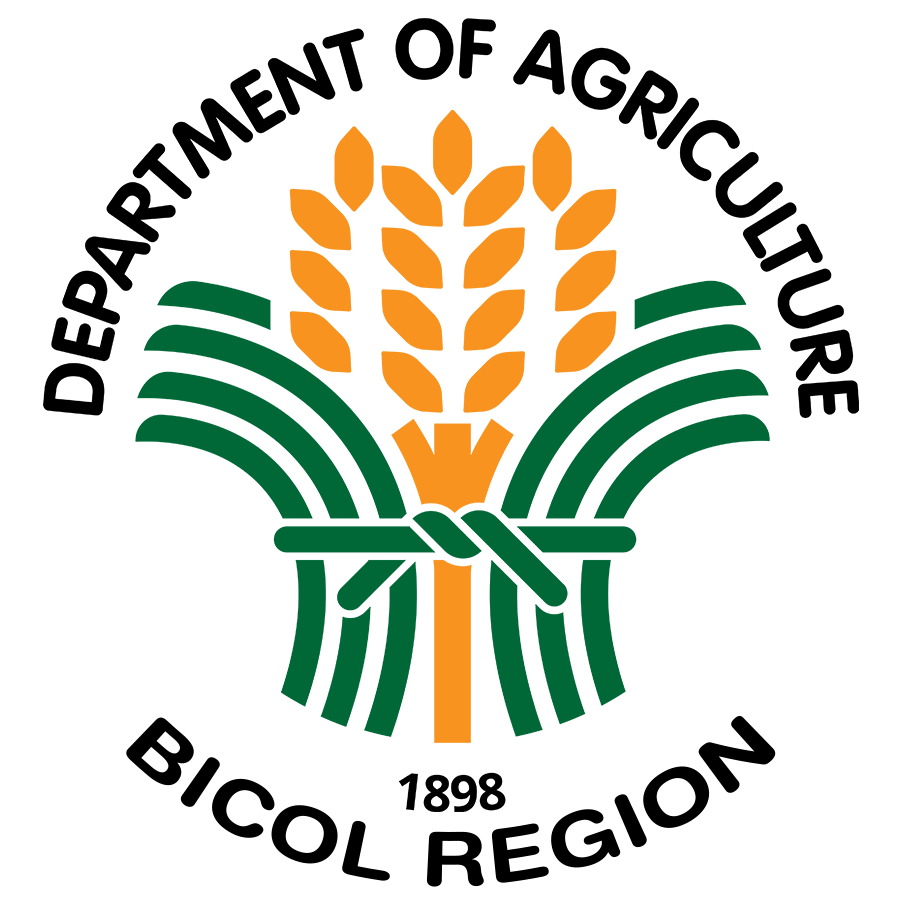“There is no substitute for cacao to make chocolate “. This was a statement made by Melencio Santos of Sikwate Plantation de Cacao , Cebu City.
Since Bicol has the biggest cacao production in Luzon, there is a need to empower the local growers to be responsive to the demand for this shade loving tree crop. Thus, the Department of Agriculture Bicol thru the Agribusiness and Marketing Division, conducted a Cacao Stakeholders forum on August 31, 2018 at a hotel in Naga City.
At least 200 cacao growers from different associations and commodity group attended said forum to listen to updates on the status of the cacao industry in Bicol which was discussed by Ronald Coprada, DA- High Value Crops Development Program (HVCDP) staff. To see the larger picture of the cacao industry, the following topics were also discussed: Good Agricultural Practices (GAP) for Cacao by Editha Pelin, HVCDP staff; Production, Fertilization and Cultural Management of Cacao by Raymund de los Santos, Manager, Tala Orchid Inc.; Sustainable Cacao Farming by Melencio Santos, Sikwate Plantation de Cacao; Cacao Value Chain and Marketing Linkages and Programs for Cacao Industry discussed by Valente Turtur, Chairman, National Cacao Council and Updates on the Bicol Cacao Council by Eduardo Pilapil, Regional Chairman, Cacao Council.
According to Ronald Coprada, the DA will not be providing cacao seedlings this 2018 without undergoing training as per directive from the central office to ensure to farmers that the seedlings will be planted in conformity with the Philippine National Standard on Good Agricultural Practices (GAP). He disclosed that 181,366 planting materials have been released this 2018. Other DA interventions include; GAP training for Cacao, rehabilitation of old cacao trees, extension support, education and trainings.
Meanwhile, Valentin Turtur narrated that the Philippines recently was declared the best beans in the world during the chocolate academy held in the United States. Aside from the popular and best variety “criollo” which means native, he encouraged the cacao growers to plant as many varieties that thrive in their areas. “Whichever gives you profit, produce more of it. “Kung alin ang nagbibigay sainyo ng pera, yun and paramihin nyo” he said. (B. Nunez)
